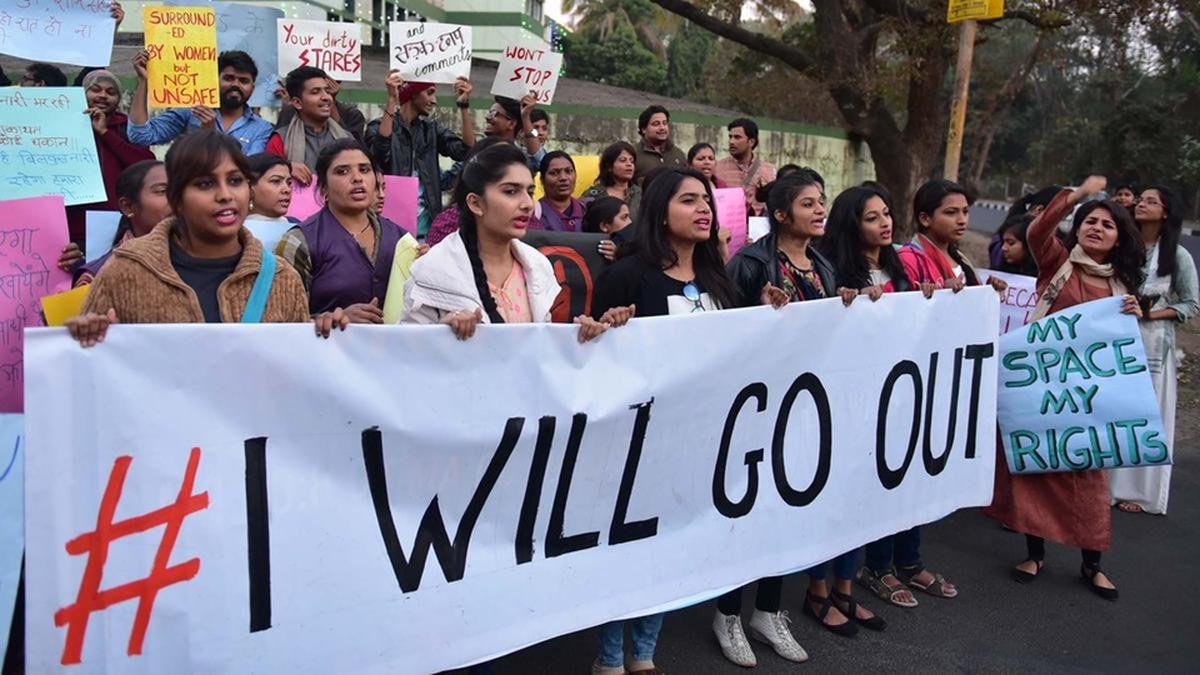
A Booth Level Officer checks documents during Special Investigation Revision to the electoral roll Drive at Jogbani, a municipal council area of Araria District in Bihar. File
| Photo Credit: Shashi Shekhar Kashyap
Even as the Supreme Court on Thursday (July 10, 2025) asked the Election Commission of India (ECI) to include Aadhaar in the list of documents for enrolment during the ongoing Special Intensive Revision (SIR) of electoral rolls in Bihar, a glance through the instructions issued by the poll panel for the SIR shows Aadhaar has been mentioned only once.
Also read: Bihar voter list row hearing in Supreme Court | highlights
The sample enumeration form given with the SIR instructions on June 24 gives a column for the voter to give his or her Aadhaar number, but it is optional.
However, Aadhaar has been actively used for voter enrolment in earlier elections. The Manual on Electoral Rolls issued in March 2023 gives an elector the option of furnishing Aadhaar as both a proof of age and ordinary residence, two prerequisites for registration as a voter.
Aadhaar linking with voter ID has in fact been looked at as a practical solution for tackling duplicate voters.
Pilot project
It was in February 2015, that the ECI first launched a pilot project to study the linking of Aadhaar with electoral rolls called the National Electoral Rolls Purification and Authentication Programme (NERPAP). It had linked more than 300 million voters in a span of three months. The Supreme Court halted this project through an interim order issued in August of that year on the issue of Right to Privacy, which is guaranteed under the Constitution, and created a three-prong test to assess whether a law violates this right. Following this order, the NERPAP exercise was discontinued.
After the Supreme Court’s final order in Puttaswamy case in September 2018, that upheld the constitutional validity of the Aadhaar Act, the ECI sought amendments to the Representation of the People Act, 1950 (RP Act, 1950). The Parliament amended the RP Act, 1950 and The Registration of Electors Rules, 1960 in December 2021 to enable the linking of Electors Photo Identity Card (EPIC) with Aadhaar.
Editorial | Careful curation: On Bihar’s Special Intensive Revision of electoral rolls
Following this, the ECI had started collecting the Aadhaar number of existing and prospective voters on a voluntary basis from August 1, 2022 across the country. In 2023, the poll body informed the Supreme Court that it has already uploaded nearly 66.23 crore Aadhaar cards in the process of finalising the electoral rolls.
On Thursday (July 10, 2025), the ECI, however, urged the apex court to observe in its order that it would be left to the “discretion” of the poll body to accept Aadhaar, voter ID or ration cards as documentary proof for voter registration.
The argument against consideration of Aadhaar by the ECI is that Article 326 of the Constitution says “every person who is a citizen of India and who is not less than 18 years of age on such date as may be fixed” is eligible to vote and Aadhaar is not a proof of citizenship, sources said.
It is the consideration of this “citizenship” factor which has made the Opposition brand the entire SIR exercise as “NRC through backdoor.”
Published – July 10, 2025 10:20 pm IST

